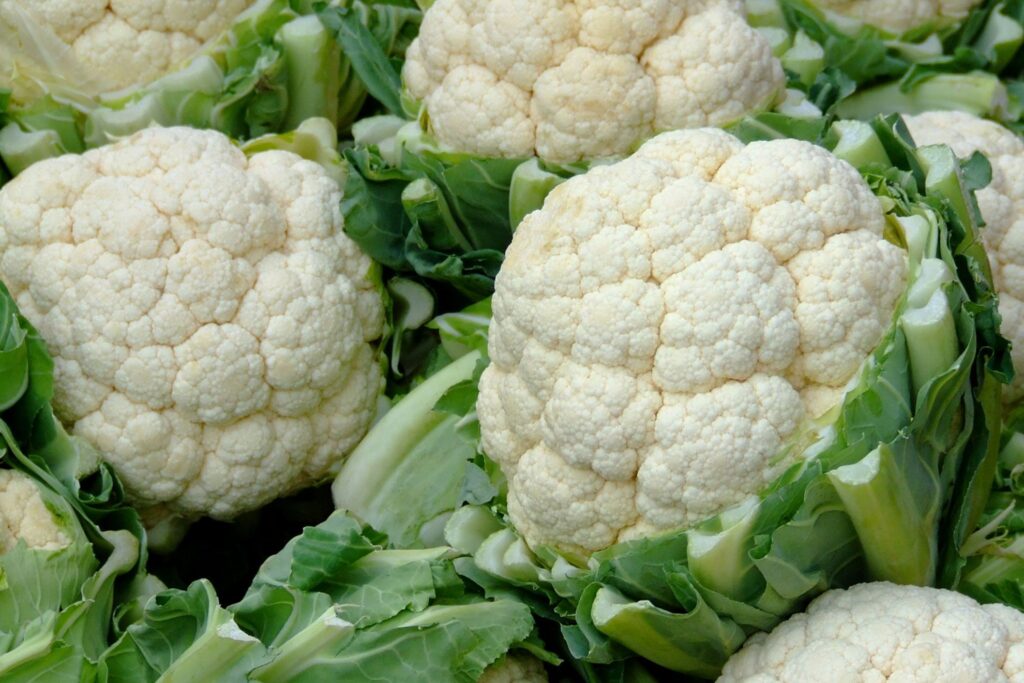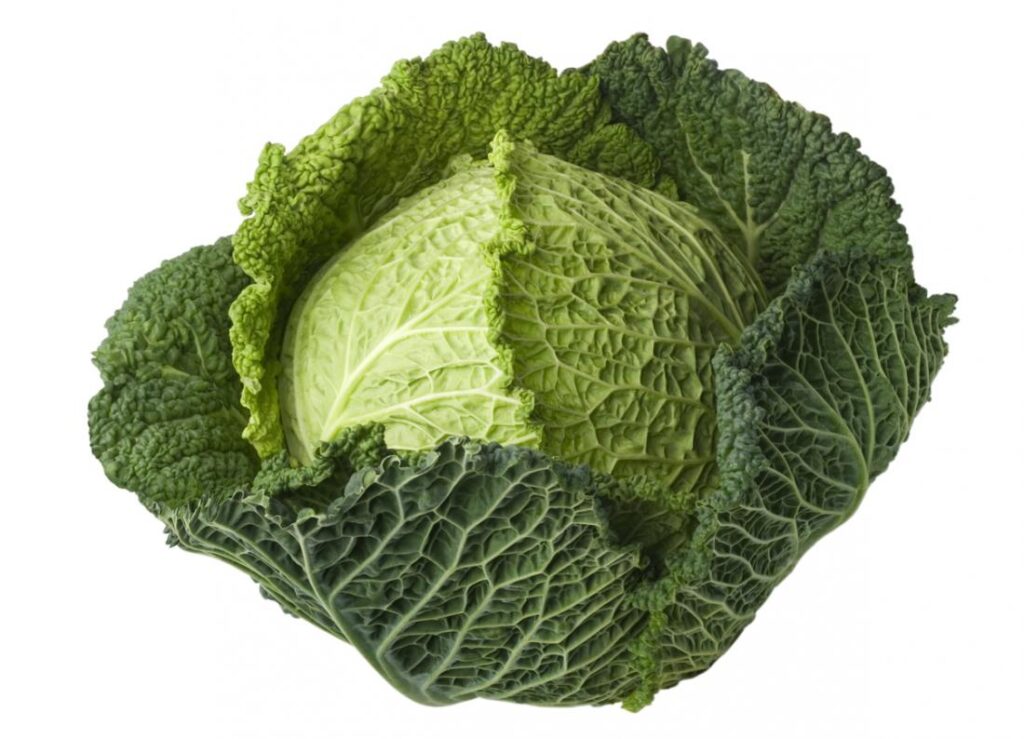Cruciferous vegetables are well known for their rich mineral content as well as outstanding nutritional value. These crops, which are classified into a family called Brassicaceae, are easily found on American soil and act as excellent, adaptable components to a variety of dishes. Cruciferous veggies are a vital component of any diet that is well-balanced due to their unique flavors and outstanding health advantages. The healthiest cruciferous vegetables that are easy to find at America are covered with excellent detail, along with how they enhance overall wellbeing.
1. Broccoli

Benefits of Diet: Broccoli’s great nutritional value often makes it referred regarded as a superfood. Numerous aspects of health are supported by the high level for minerals, nutrients, and antioxidants.
- C, D, and K: Necessary for strong bones, immune system function, and good skin.
Fiber: Aids in digestive & supports healthy glucose regulation.
It is a powerful antimicrobial that may have anti-cancer properties.
Broccoli can be cooked to a variety of ways, including as roasting, stir-frying, steaming, or served raw in salads. This is a very versatile vegetable that complements both casual and sophisticated meals alike.
2. Brussels Sprouts

Brussels sprouts are tiny cabbages that are packed with of nutrients and good for you. They have become especially well-known for having higher amounts of various vitamins and antioxidants.
- Vitamin C, D, or K: Promote strong bones, healthy skin, and a functioning immune system.
- Folate: Required for the production for proteins & dividing cells.
- Glucose are a class of phytochemicals that may possess anti-tumor effects.
Brussels sprouts are usually sautéed, stir-fried, or steam-fried during cooking. They are great additions to dishes and may be used in stir-fries, salads, and casseroles.
3. Cauliflower

Advantages of Diet: A multipurpose vegetable with numerous health advantages is cabbage. Its low fat intake and excellent nutrition make it a popular choice among health-conscious eaters.
- A, C, or K support immunity, healing of tissues, or bone health.
- Fiber is helpful in shedding pounds & is good for the digestive system.
- Antioxidants: Assist in lowering oxidative damage and inflammation.
Uses for Cooking: Broccoli can be roasted, cooked, or substituted for low-carb foods in recipes such as mashing it or cauliflower rice. It works wonderfully in soups and stews as well.
4. Kale

Nutritional Advantages: Kale is frequently commended for its high nutritious content and health advantages. It is among the veggies with the highest nutritional content.
- The three vitamins A, K, and C are necessary for coagulation of blood, immunological response, or eye health.
- Lutein and zeaxanthin are examples of antioxidants that promote eye health.
- Both minerals are essential for healthy bones and muscles.
Uses for Cooking: Kale can be prepared for sauces, stews, & stir-fries as well as eaten raw in salads and smoothies. Because of its strong flavor, avocado can also be sautéed and mashed while making salads.
5. Cabbage

Benefits for Nutrition: Due to its high nutrient content, cabbage is a popular cruciferous vegetable that offers several health benefits.
- K and C vitamins: support the immune system & bone health.
- Fiber: Aids in glucose regulation & a healthy digestive system.
- Glucosinolates: You might be able to prevent cancer.
Uses in Cooking: Add cabbage to soups, salads, and stir-fries. Furthermore, it’s an essential element in salads that contain cauliflower and it may be fermented to create sauerkraut, which adds additional probiotics.